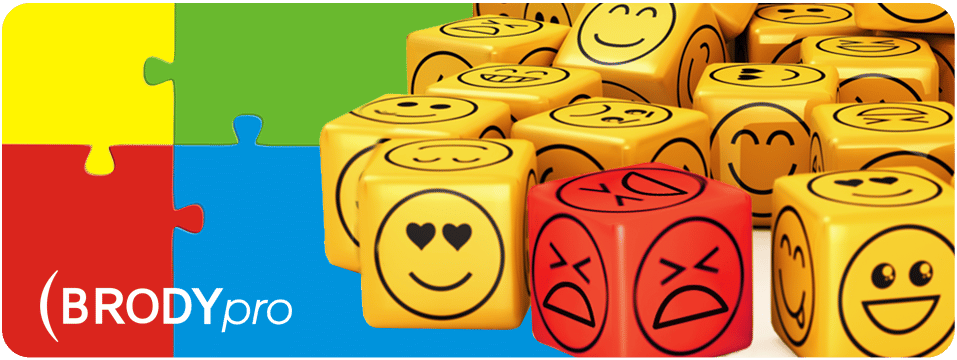In your professional and personal life, you will interact with people who will frustrate, infuriate, and confound you. They will do things you cannot understand, see things differently than you, and generally make things… well, difficult.
So, what do you do about difficult people?
The key to working with difficult people is understanding. We can learn about others’ perspectives by asking questions and actively listening – but what if you could take a shortcut to understanding… a kind of communication hack?
You could more easily communicate and collaborate with just about anyone!
What Are Behavioral Styles?
As Marjorie Brody’s book Critical Communication Strategies for Success explains, behavioral styles are how people behave most of the time. For example, some people express a greater interest in knowing all the details of a project, while others tend to focus on high level outcomes. If these two people try having a conversation about the project, you can imagine how frustrating it could become!
Let’s take a look at all four styles:
- Dominance – Bold, direct, and task-oriented
- Influence – Enthusiastic, approachable, and people-oriented
- Steadiness – Patient, calm, and people-oriented
- Compliance – Analytical, cautious, and task-oriented
When you learn to recognize these styles in yourself and others, you’ll have a head start in knowing how to best communicate with each person. To illustrate the styles further, check out this analysis of behavioral styles in Star Wars characters!
Behavioral Styles in the Workplace
No behavioral style is objectively better than another. Chances are that you encounter a range of behavioral styles in your workplace. If so, that’s great news! Why? Each style can bring different strengths and perspectives to the team; but only if you leverage it. Otherwise, it can lead to misunderstandings and frustration. Follow the steps below to take advantage of your team’s diverse styles.
Step 1: Understand Your Own Style
Start by understanding and embracing your own style. When you take the DISC assessment, you receive a comprehensive report including the unique value you can bring to an organization, perceptions others might have of you, and tips for communicating with other styles. You can also start out with a free quiz like this one, to just find out your style and do some more reading on it.
Step 2: Observe Your Co-workers
Once you have started reading about the different styles, it’s time to observe your co-workers. You will start to notice clues to their style preferences, based on the questions they ask, the comments they make, and even some of their non-verbal expressions. You might recognize a D by their focus on end results or their impatience with long explanations. You’ll notice an S looking to find common ground or ensuring that everyone feels included. Download this infographic for a quick reference!
Bonus Option: If everyone on the team wants to take a DISC assessment, you can share results with each other and quickly learn how to best work together.
Step 3: Flex Your Style
Start making minor changes based on what you have learned so far. For example, if someone is strongly focused on details (C), prepare ahead of time to provide all the information they might want. When communicating with an I, give them an opportunity to share about their weekend before jumping right into business. These small adjustments can make a big difference in your business relationships!
Step 4: Continue to Adjust
Behavioral styles are not set in stone. Over time, you may notice changes to either your own or your colleagues’ styles. People can even express different styles depending on the situation. The goal of learning behavioral styles is not to put someone in a “box,” but to be aware of how people’s preferences and perspectives can differ. Ultimately, you’ll achieve the best collaboration by remaining open to others’ perspectives and focusing on the strengths they bring to the team.
How Will You Use Behavioral Style?
To find out your behavioral style, you can take the DISC assessment here. The assessment offers a comprehensive report on your behavioral style and how your style interacts with others. It’s the first step to becoming a more effective communicator.
To learn more about how to leverage behavioral styles to build strong teams, contact BRODYpro. We offer practical application-based training tailored for your company.

